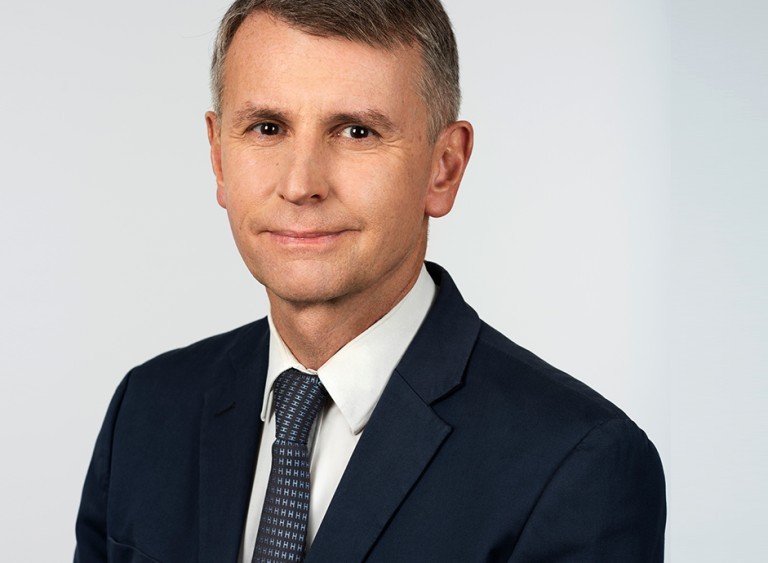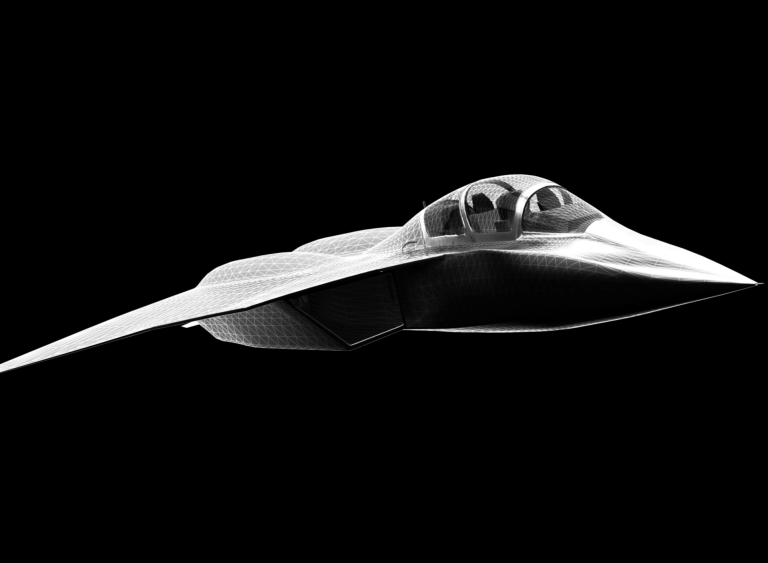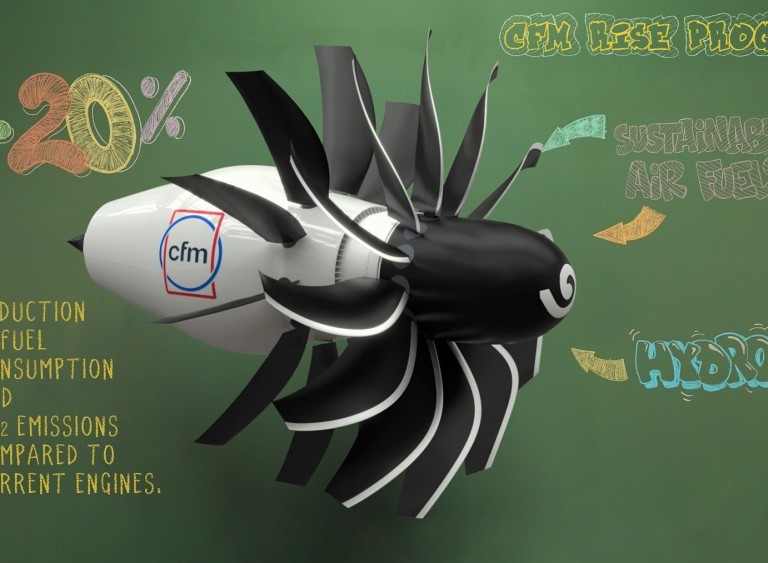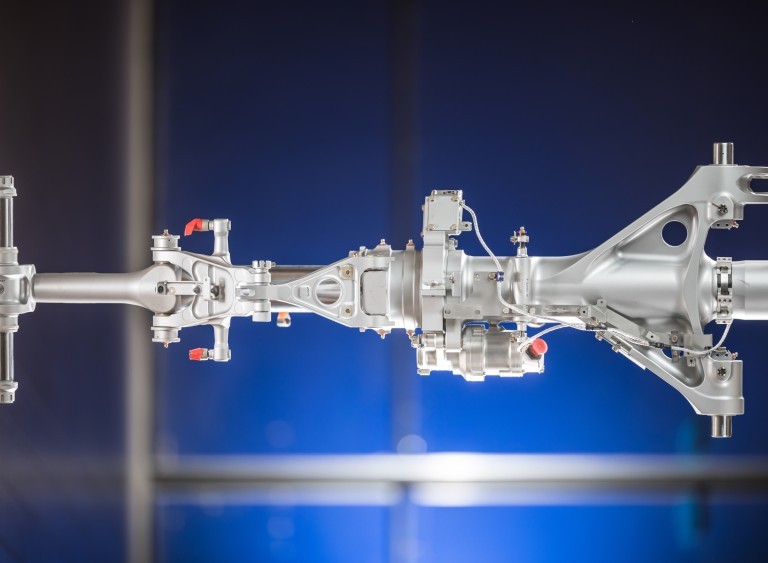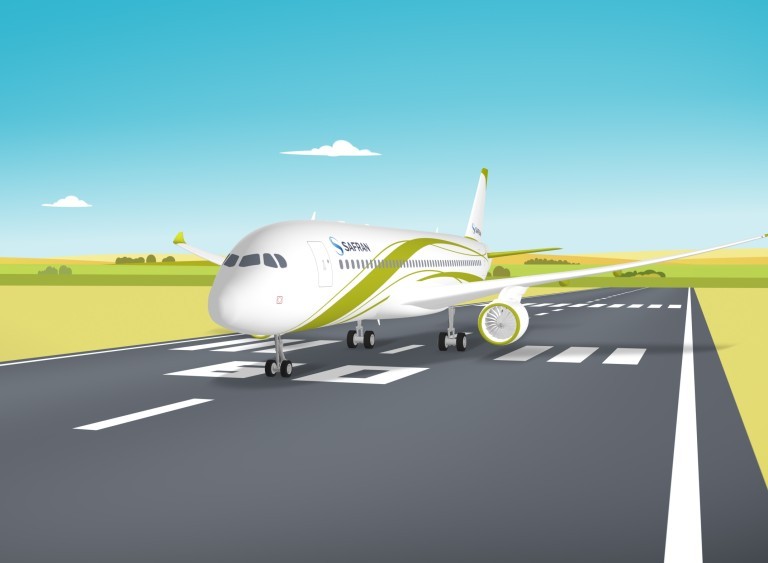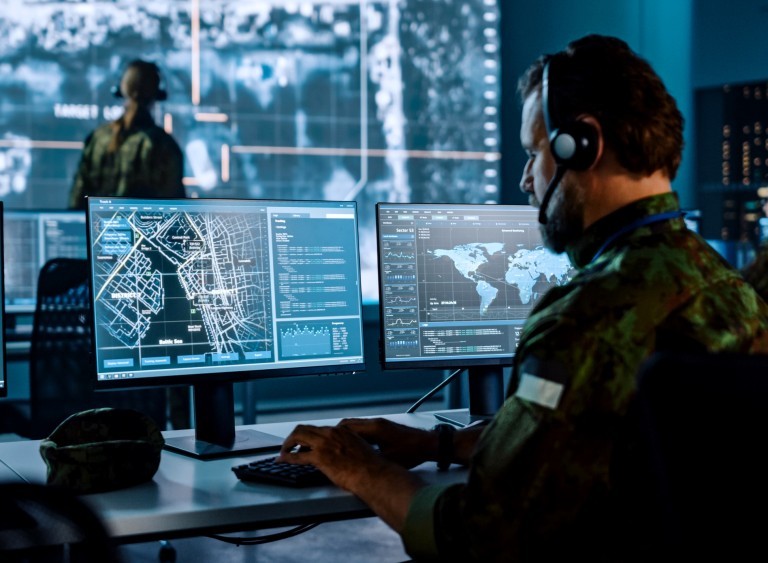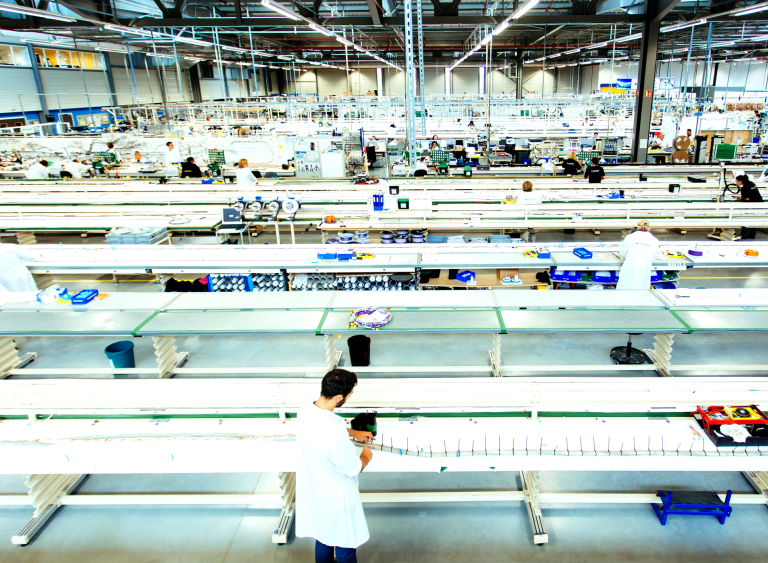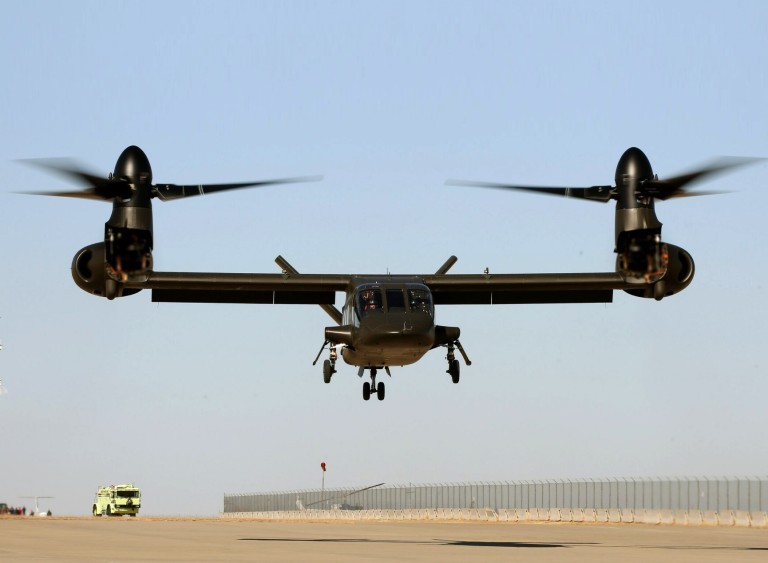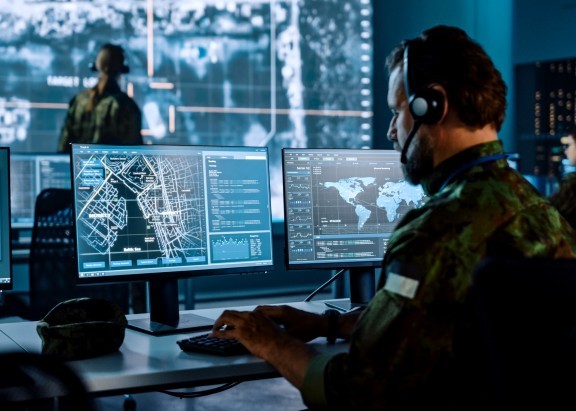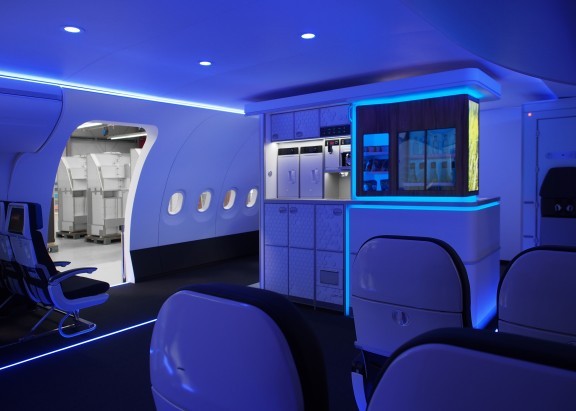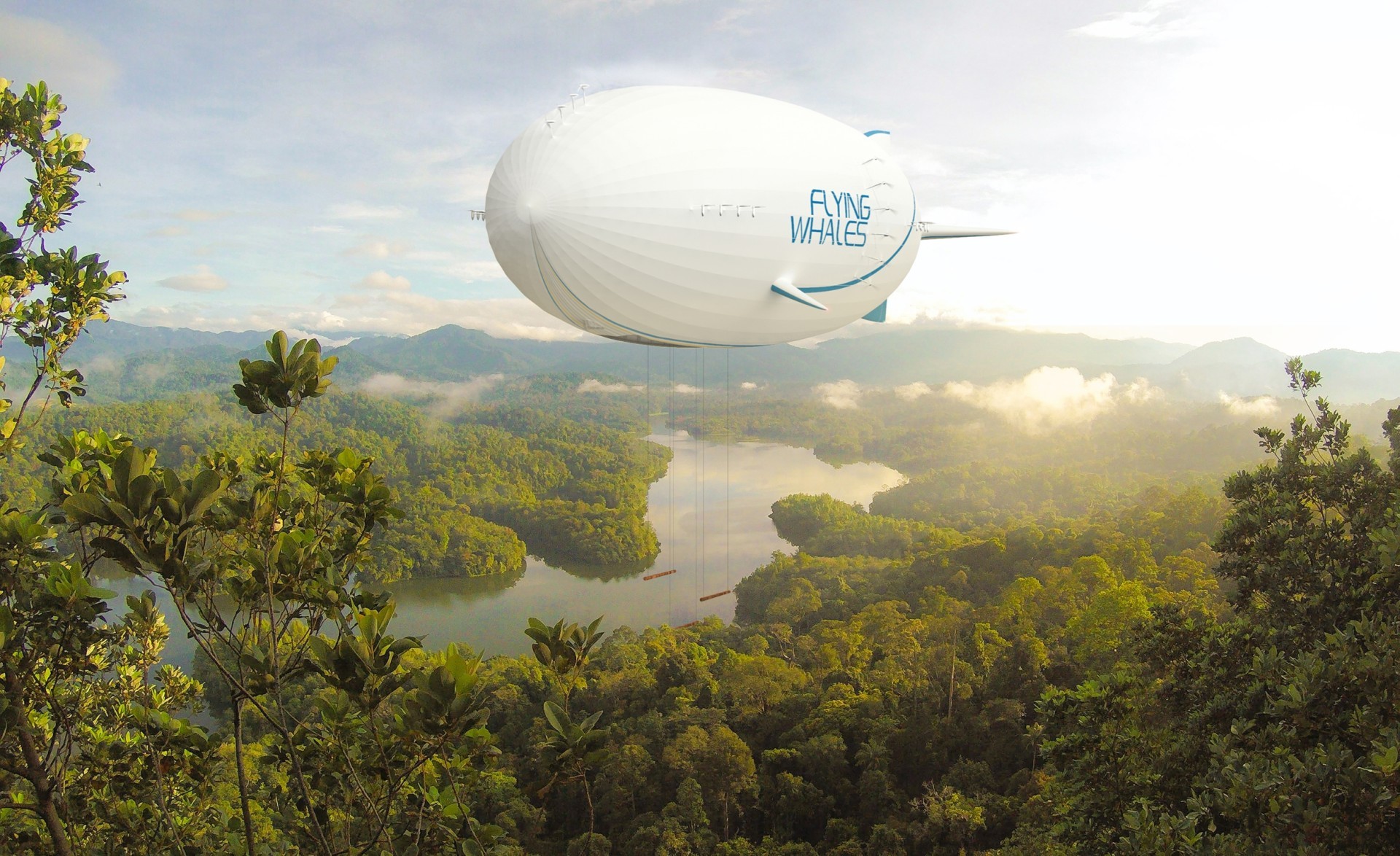
“Taxi! Follow that plane!” New mobilities on the way
The eDA40, Archer’s Midnight air taxi, or Flying Whales’ LCA60T may all seem somewhat futuristic, but in fact Safran’s engineers are already working on them. What’s our role in this new market segment? Dive into tomorrow’s world and discover some new air mobility platforms!
- ELECTRIFICATION
- E-TAXIING
- INTERIORS
- At a glance
- Zoom
Fiction could soon become reality as “flying cars” — a fantasy featured in many a movie, such as Back to the Future, Futurama or Blade Runner — come into our daily lives. Besides VTOL(1) vehicles, a.k.a. “air taxis”, the “new mobilities” moniker also covers STOL(2)-type regional hybrid or electric aircraft like Diamond Aircraft’s eDA40, civil surveillance drones, delivery drones, and electric airships like Flying Whales’ LCA60T.
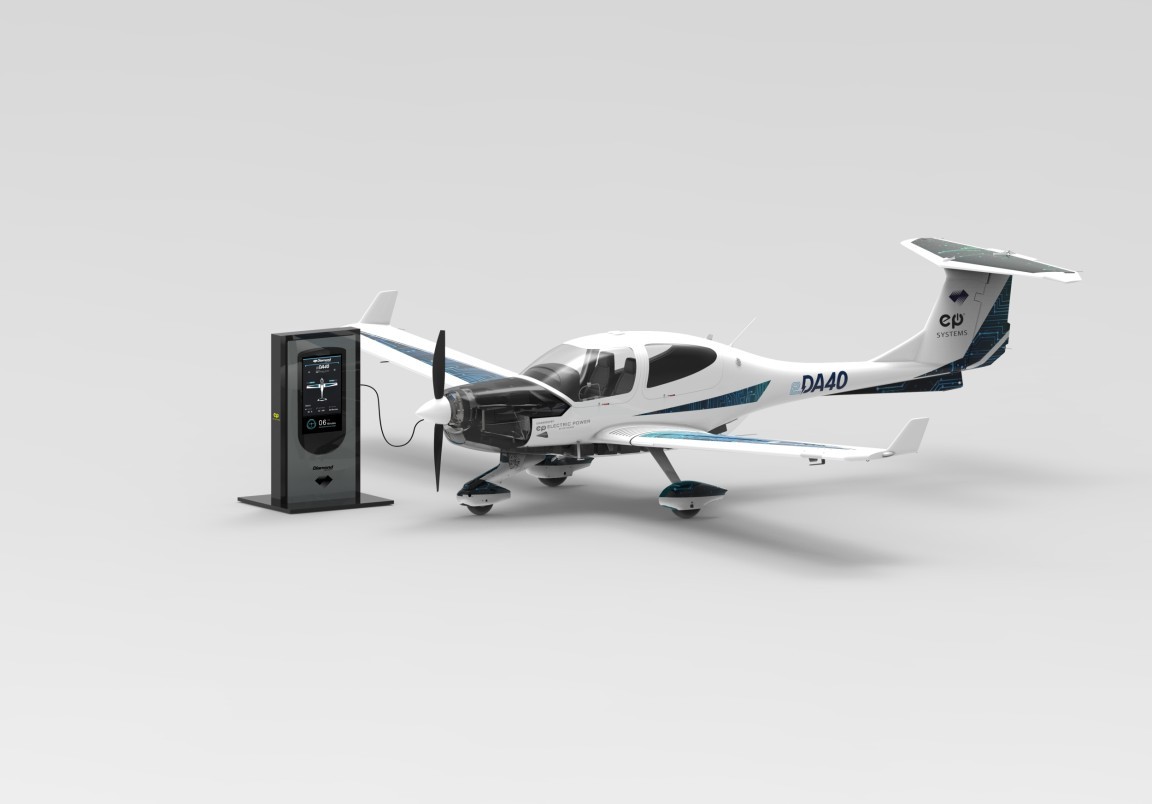
Many players, from giants of the aerospace and automobile industries like Boeing, Airbus, Volkswagen and Toyota, to startups, are actively developing such systems. This intensive R&D is starting to yield results, with several test flights in recent months.
Safran is helping to propel this seismic shift: “The new air mobility market holds out rich business and technology development opportunities,” notes Édouard Taufflieb, New Mobilities Business Development Manager at Safran Electronics & Defense. Indeed, several Safran companies(3) are involved in these projects.
The new air mobility market holds out rich business and technology development opportunities.
In line with its commitment to decarbonizing aviation, Safran is working to develop all-electric and hybrid vehicles to reduce CO2 emissions. Bruno Bellanger, Vice President and General Manager, Power, Safran Electrical & Power (SEP), explains: “Safran has a stake in all key components of the hybrid-electric value chain, and we’re working actively to develop future-generation hybrid propulsion systems with Safran Aircraft Engines and Safran Helicopter Engines. We intend to combine available solutions, i.e., high-efficiency thermal engines, SAF(4), and electric propulsion to reach carbon footprint reduction goals.”
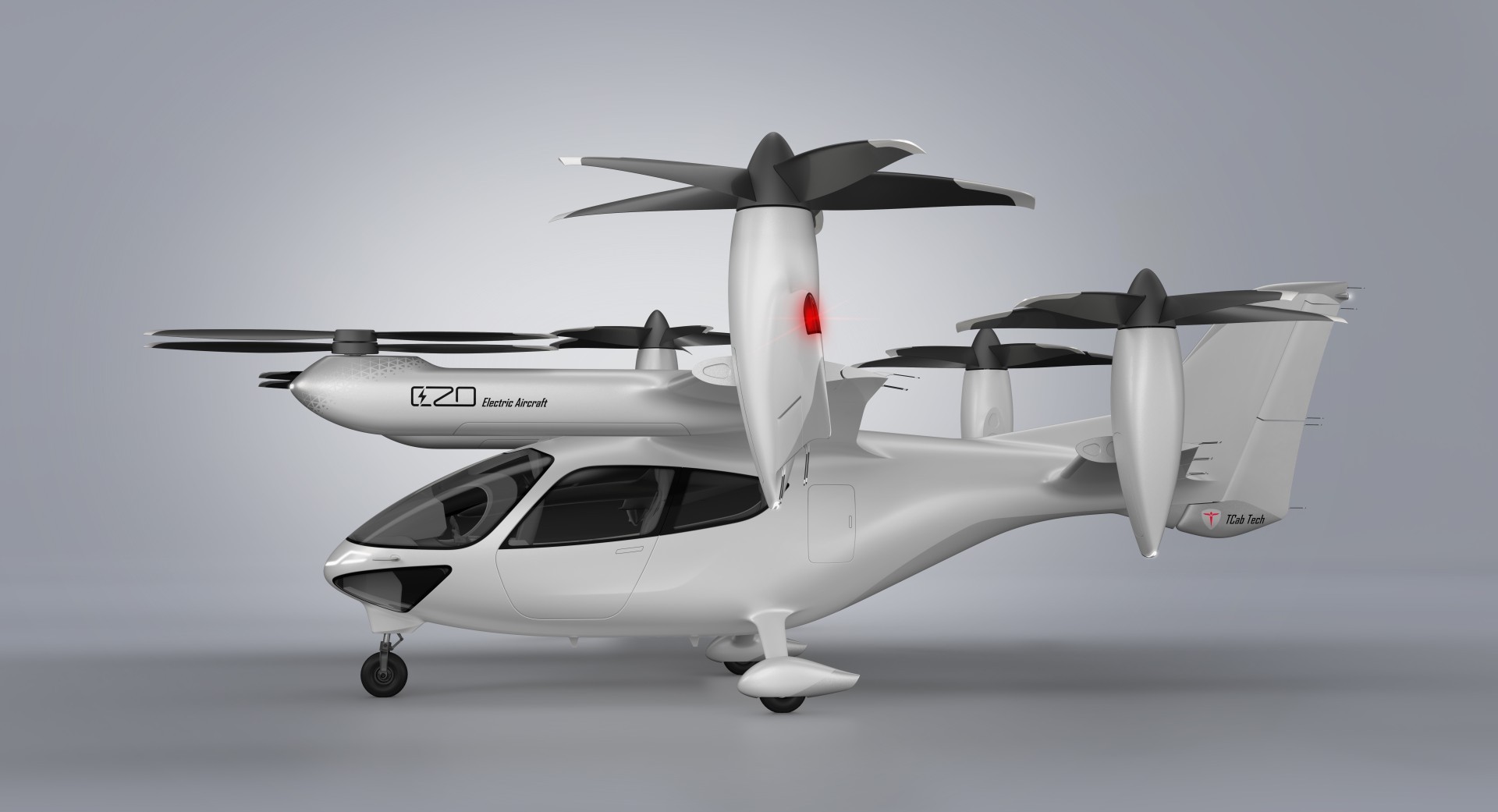
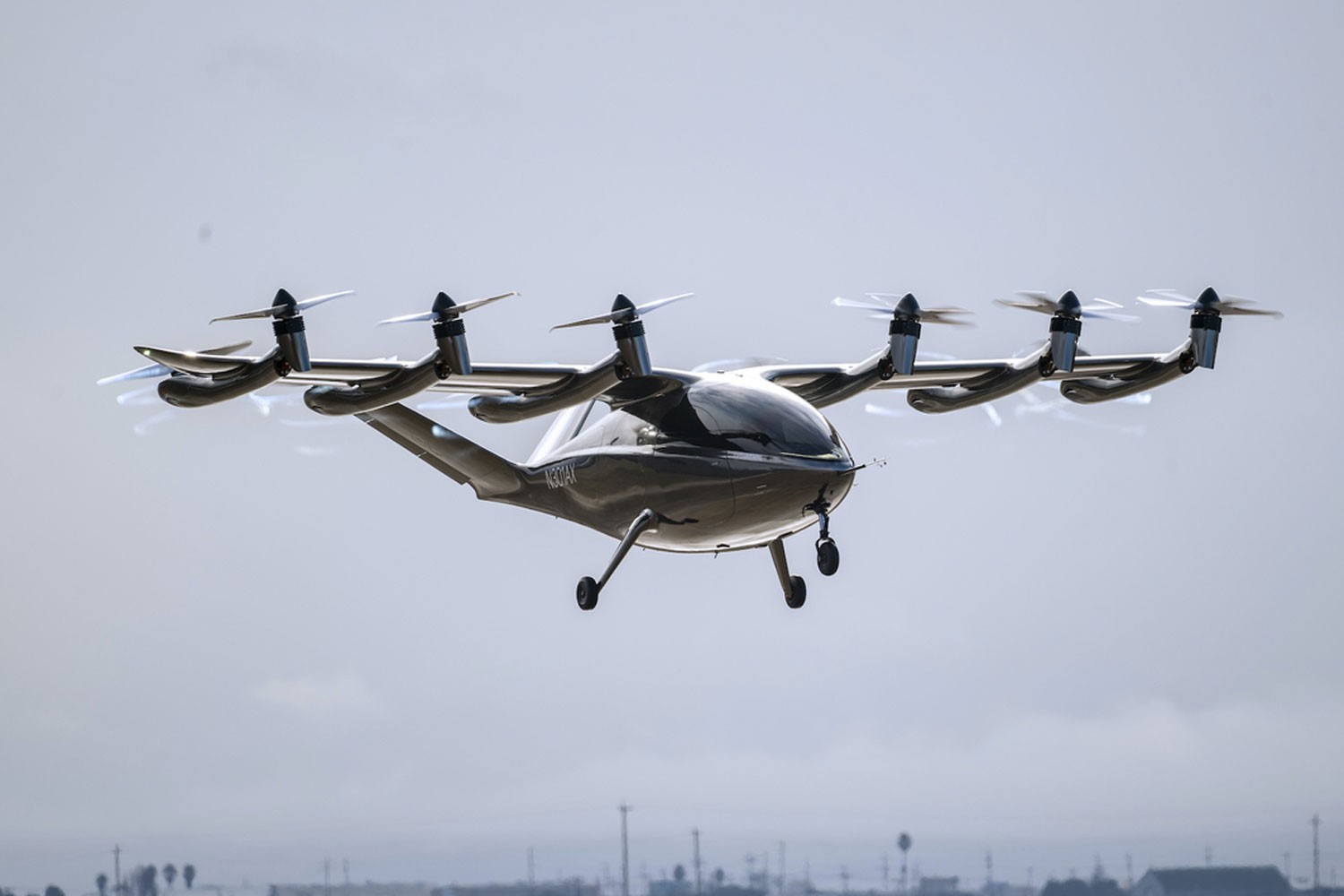
“One of the main goals is to reduce equipment weight without compromising on flight safety,” says Édouard Taufflieb. In addition to decarbonizing flights, two other key challenges are safety and noise. “Passenger safety remains the number one priority, so the main challenge is certification. For these new types of aircraft, certification rules are evolving all the time, which makes the process harder and uncertain.”
Safran has a stake in all key components of the hybrid-electric value chain. We intend to combine available solutions, i.e., high-efficiency thermal engines, sustainable aviation fuels and electric propulsion to reach carbon footprint reduction goals.
What about autonomous vehicles? Will we soon be hailing pilotless air taxis? “That’s one of the ultimate goals, but the technologies aren’t mature enough yet,” points out Édouard Taufflieb. “Autonomous vehicles also pose other challenges in terms of certification.”
So, while new mobilities are on the right track, it’s hard to pin down when they’re likely to hit the market. These new craft aren’t quite ready yet to take to the skies!
Flying taxis over Paris in 2024, true or false? Answers in Radar by Safran podcast
Listen to the podcast
TCab Tech partners with Safran on the electric motors for the E20 eVTOL
Read the article
(1) VTOL: Vertical takeoff and landing.
(2) STOL: Short takeoff and landing
(3) Safran Helicopter Engines, Safran Aircraft Engines, Safran Electrical & Power, Safran Electronics & Defense, Safran Cabin, Safran Seats, and Safran AeroSystems.
(4) SAF: pour Sustainable Aviation Fuels en anglais. Désigne les carburants durables pour l’aviation.

